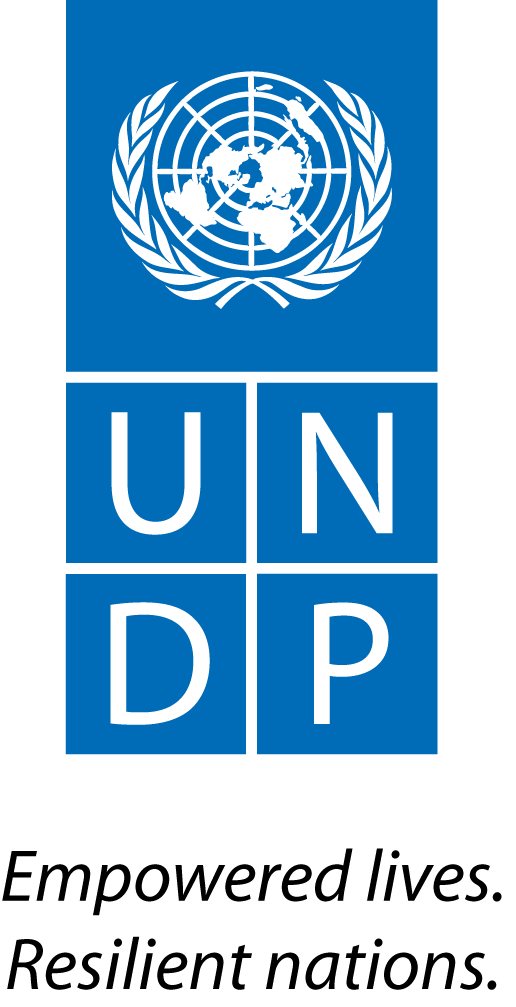A study by the Swiss Federal Laboratories for Materials Science and Technology, EMPA, shows that European chemical manufacturers are venting HFC-23, which has a global warming potential of 14,800 times that of CO2, into our atmosphere.
There are however reporting and off-setting procedures for this but the amount emitted has been found to be some 140% greater than that reported.
HFC-23 (triflouromethane) is produced when HCFC-22, another damaging greenhouse gas, is manufactured for refrigerant purposes and as a feedstock for making polymer products like Teflon.
Destroying HFC-23 is an easy and cheap process but it is not part of the EU's F-Gas Regulations. But manufacturers state that they voluntarily destroy it.
However the Swiss research shows that Solvay's Solexis plant near Milan, Spain, Dupont's plant in Dodrecht, Netherlands, The French Arkema plant and the UK's Ineos plant were all venting large amounts of the gas. With Solvay's plant in Milan putting out 10-20 times more HFC-23 that Italy is reporting.
"Given the vast profits made by the European fluorochemical industry, it is absolutely scandalous that they are not destroying all HFC-23 produced by their factories," said Clare Perry, Senior Campaigner for the Environmental Investigation Agency (EIA).
"The EU should mandate 100 per cent destruction of HFC-23 and there is an opportunity to do this right now with the revision of the F-Gas Regulation."
The European Commission are due later this year to decide whether to update the F-Gas Regulations.
One problem is that under the Kyoto Protocol's Clean Development Mechanism (CDM) producers of HFC-23 are paid more to destroy it than they can actually get from the sale of HFCF-22. 'thus providing a 'perverse incentive' for the manufacture of HCFC-22.' Says the EIA press release. Some background to this can be found here.
Samuel LaBudde, EIA Senior Atmospheric Campaigner said "If EU manufacturers are under-reporting emissions, then one must assume this is a systemic problem and that the entire basis of current global mitigation efforts is fatally flawed. HFC-23 offsets have no place in international carbon markets and need to be banned, just as governments the world over need to mandate HFC-23 destruction by manufacturers."
EIA and other NGOs want the EU to order a phase-out of all HFCs in favour of climate-friendly alternatives.
Natasha Hurley, Global Climate Campaigner for EIA said "The EU has trusted European manufacturers to voluntarily abate and accurately report emissions but this study shows that they've been deceived. With a global agreement to phase down HFCs under the Montreal Protocol an increasingly tangible prospect, Europe needs to take strong action to stamp out this kind of abuse at home".
"Eliminating HFCs altogether is probably the most cost-effective climate mitigation around, and if Europe is to live up to its leadership role it should phase out all HFCs through a revised EU F-gas Regulation."






